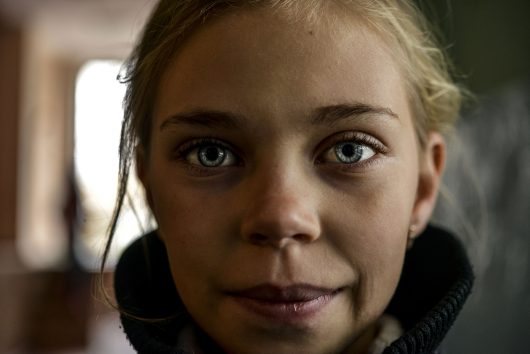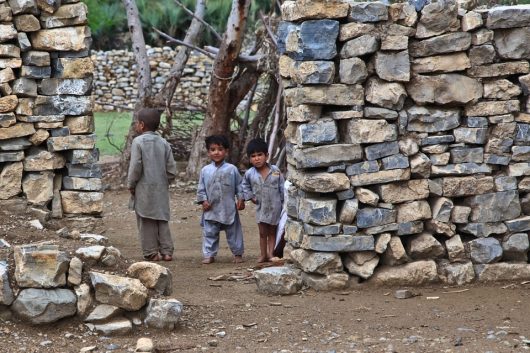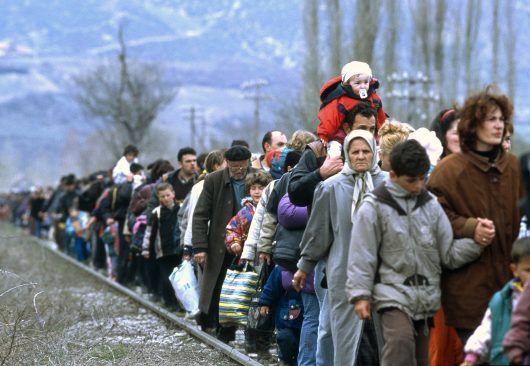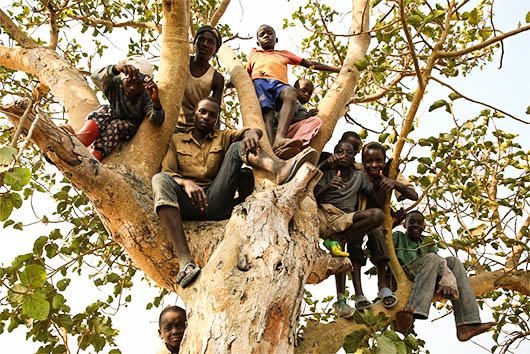 When hundreds of thousands of refugees arrived in Germany in 2015/16, including many unaccompanied minors, SPIEGEL foreign correspondent Susanne Koelbl wondered about the stories of these young people. Having reported from countries such as Afghanistan, Iran, Syria and Saudi Arabia for many years, she has experienced poetry’s power as a common form of storytelling.
When hundreds of thousands of refugees arrived in Germany in 2015/16, including many unaccompanied minors, SPIEGEL foreign correspondent Susanne Koelbl wondered about the stories of these young people. Having reported from countries such as Afghanistan, Iran, Syria and Saudi Arabia for many years, she has experienced poetry’s power as a common form of storytelling.
Inspired by its beauty, Koelbl teamed up with Afghan-born lawyer and translator Aarash D. Spanta and a United Nations (U.N). adviser Andreas Jödecke to create a space for poetry in Berlin, hoping that they may be able to encourage young Farsi-speaking refugees to find their voices and tell their stories. The effort was an undeniable success.
The young men who attended (primarily young men were sent on the journey to Europe unattended) wrote of their trip in poems which were published later that year in an anthology that resulted in several writers performing their writing at Berlin’s 16th International Literary Festival (ilb). The Poetry Project met with The Borgen Project to give further insight into its work, mission and future plans.
How and Why Poetry Works
When organizing opportunities for the young refugees to write poetry, “we’re really thinking, how can we build connections?” Theresa Rüger told The Borgen Project. Rüger herself is a literature scholar who stumbled upon The Poetry Project at the ilb. Seeing the poems displayed in the Haus der Berliner Festspiele, she was inspired and applied to be a part of it. She explains that the workshops allow young people to tell their stories, meet others and build connections.
The inspiration to use poetry as a medium came from Koelbl’s encounters with poetry in countries such as Afghanistan. Rüger describes Koelbl’s joy as everyone from cab drivers to dinner hosts took the opportunity to share their own poetry, recite traditional poetry and use poetry to convey emotion where regular conversation failed. Searching for a medium to express the young refugees’ experiences, Koelbl decided poetry could be the answer she sought. In many countries, Rüger explains, poetry is close to the present, allowing it to weave in and out of everyday conversation. Perhaps due to this poetic connection, the young people working with The Poetry Project found that their emotions and stories flowed easily into this medium.
There’s another reason, however, that poetry fits so well to express the complex emotions and experiences at play here. “Sometimes the young people are afraid that their audience won’t be able to deal with [their stories],” Rüger explains, “or that they’re going to ask questions that they don’t want to answer.” Poetry introduces a degree of separation between reader and writer, allowing the refugees to get their story out there while retaining a comfortable distance from their audience.
Expansion
Today, The Poetry Project has expanded to include workshops in four languages: Farsi, Arabic, Ukrainian and Kurdish. Work is also translated into English and German. Workshops are held in the same room in the Project’s main office in Berlin, Rüger informs me and take place every weekend, with an additional drop-in session on Wednesday afternoons. This session, Theresa explains, can be used as a time to “just drop by if they want to write or just to talk to us.” In short, it is another opportunity for social connections to be forged and for trust to be built. Like the weekend workshops, attendance at the Wednesday sessions isn’t mandated. Instead, young people are free to invest as much time as makes them feel comfortable.
Spreading the Word
The young people involved in The Poetry Project don’t limit their words to the page. More than 10 readings are organized annually and young poets are frequently invited to speak at literary institutions in readings that impress the audience deeply. The performances “differ from your regular reading where you have a professional author. It feels more immediate.” Emotions run high in audiences facing “very young people” speaking of such harsh experiences and “often people cry.”
The readings’ most impactful are those delivered to the young poets’ peers: school children whose lives match the refugees’ perfectly in years but differ vastly in lived experience. Rüger tells of school assembly halls echoing with the jokes of 150 teenagers, raucous and reluctant to sit quietly for their teachers. But when the young poets come out on stage and begin to read, she says, “You could hear a pin drop.”
The awe and enthusiasm were verified by the school-age audience at the International Literary Festival Berlin, where students lined up to spend their “pocket money” on The Poetry Project’s first anthology after sitting spellbound through the reading. They even requested that the readers sign their individual copies.
Looking Forward
Looking ahead to 2024 and beyond, Rüger describes how The Poetry Project has many projects, readings and events that will continue to spread its message and be a platform for young refugee voices. The Project has scheduled a collaborative performance with a dance group, the publication of a new anthology and a partnership with PEN Berlin – a writer’s association that specializes in supporting persecuted authors to come to Germany and establish themselves in the German publishing scene.
PEN Berlin also organizes additional workshops “held by professional authors who share a mother tongue with the participants.” In addition, The Poetry Project has planned participation in the event series “75 Jahre Grundgesetz – intersektional” from the Bundeszentrale für politische Bildung. Through the event series, The Poetry Project will join the discussion of Germany’s Basic Law from a “diversity-oriented, intersectional perspective,” adding its poetry to the debate on how the law relates to “marginalized and discrimination-affected groups.”
The Poetry Project has established itself as a center that works tirelessly to build connection, understanding and empathy. It provides opportunities for young refugees to foster a sense of belonging and to get their stories heard – all while helping those who grew up in Germany gain a more robust understanding of what refugees have experienced. Its methodology is simple – pass the mic to those who’ve been through it.
– Peggy Hughes
Photo: Flickr


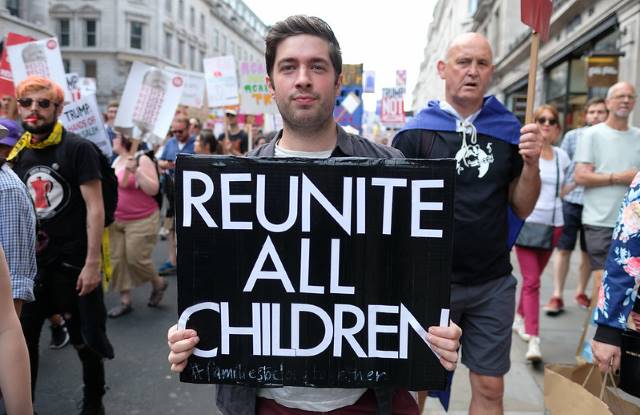 In recent years, Mexico has become an increasingly significant place of asylum. More than 70,000 refugees have submitted asylum applications in 2019, and despite an initial drop in applications in 2020 due to the pandemic, COVID-19 claims for asylum in December 2020 hit a record high. The well-being of child refugees in Mexico is of particular concern.
In recent years, Mexico has become an increasingly significant place of asylum. More than 70,000 refugees have submitted asylum applications in 2019, and despite an initial drop in applications in 2020 due to the pandemic, COVID-19 claims for asylum in December 2020 hit a record high. The well-being of child refugees in Mexico is of particular concern.